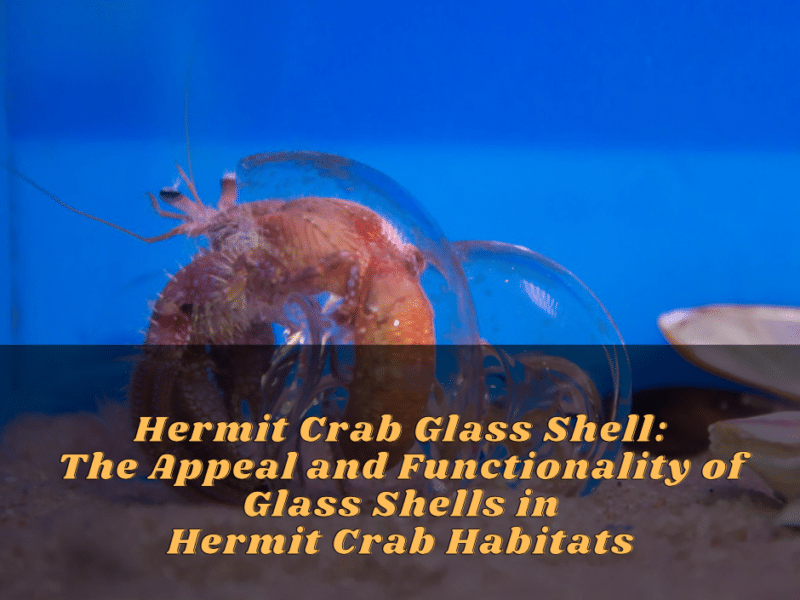|
Listen:
Getting your Trinity Audio player ready...
|
Pop-eye disease doesn’t occur too often and the causes are usually bacteria or poor water conditions. Pop-eye is sometimes hard to diagnose properly in the early stages as it can easily be mistaken for other more common diseases. If this disease is not detected soon after it is caught the fish could lose sight in one or both of its eyes. The good news is that pop-eye is not often fatal, especially if given proper treatment.
The symptoms of pop-eye are the eye beginning to protrude and a build up of fluid forms in and around the eye. In many cases, the eye will develop a haze that is white in colour. Inflamed eye sockets are also common.
Cause: This condition is caused by a wide range of factors including, bacterial infections, parasite infestations or poor water quality. High nitrates/nitrites, ammonia, metal or plastic poisoning can be another reason. Unsuitable salinity or oxygen saturation could also be the cause.
Treatment: When treating pop-eye disease you must make sure your aquariums water quality is in good shape. Often times it is the water quality that’s the root cause of disease. Sometimes the condition will persist for a short time and then may disappear without any treatment other than good clean water. Test that your tanks ammonia and ph levels are okay and do daily 30% water changes for 4 or 5 days.
If anti-bacterial medicine is needed, move your fish to a quarantine tank to avoid killing off any beneficial bacteria in your main aquarium. Treat the fish with Maracyn or Maracyn II.



